Green removal of unpleasant volatiles from soapberry (Sapindus mukorossi) extracts by two-phase microbial fermentation fortified with pomelo peel waste
- PMID: 37124002
- PMCID: PMC10142458
- DOI: 10.1039/d3ra01858j
Green removal of unpleasant volatiles from soapberry (Sapindus mukorossi) extracts by two-phase microbial fermentation fortified with pomelo peel waste
Abstract
Soapberry (Sapindus mukorossi Gaertn) is a popular woody plant in Vietnam, often used as a cleaning product due to its ability to wash, foam and emulsify due to high saponin content. In this study, the performance of fermentation by two microbial strains, namely Saccharomyces cerevisiae active dry yeast (ADY) and Levilactobacillus brevis lactic acid bacteria (LB) along with the addition of pomelo peel (flavedo) was evaluated during 15 days in terms of sugar removal, antioxidant and antibacterial activities, foaming power, volatile composition, and sensory acceptability. The results showed that the soluble solid content of original extracts experienced a significant decrease from 14.5% to a stable range of 9.4-11.0% until day 15 for all fermented samples, which correlated with a reduction by approximately 60% in reducing sugars (from 12.52 g L-1 to 4.77-6.56 g L-1). In addition, the saponin content of fermented extracts was in the range of 118.2-145.0 mg L-1 while antioxidant activities were extremely reduced after 15 days of fermentation. Increases in pomelo peel imparted fermented extracts with greater antibacterial activity against Staphylococcus aureus ATCC 6538, Proteus mirabilis ATCC 25933, and Candida albicans ATCC 10231, and LB had higher activity than ADY overall. Regarding the volatile profiles, two main compounds in the original extracts, including trilaurin (75.02%) and 1-dodecanoyl-3-myristoyl glycerol (24.85%), were completely removed and replaced by new alkanes, alkenes, alcohols, esters, and organic acids, and particularly d-limonene (86.34-95.31%) upon pomelo addition. Additionally, the foaming ability and stability of fermented extracts were also enhanced and there was clear distinction between fermented and unfermented samples using principal component analysis based on sensory liking data which showed consumers' preference towards fermented samples with a high percentage of pomelo peel.
This journal is © The Royal Society of Chemistry.
Conflict of interest statement
There are no conflicts to declare.
Figures
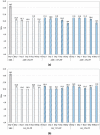
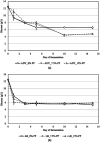
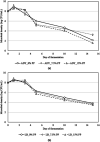
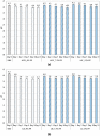
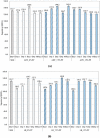

References
-
- Chen C. Li R. Li D. Shen F. Xiao G. Zhou J. New J. Chem. 2021;45:952–960. doi: 10.1039/D0NJ04047A. - DOI
LinkOut - more resources
Full Text Sources
Molecular Biology Databases

